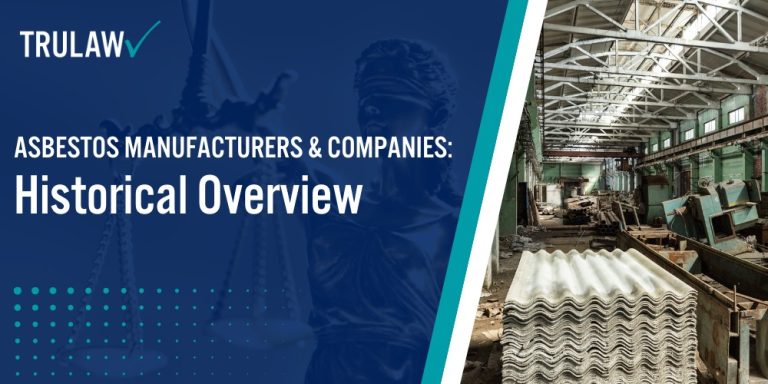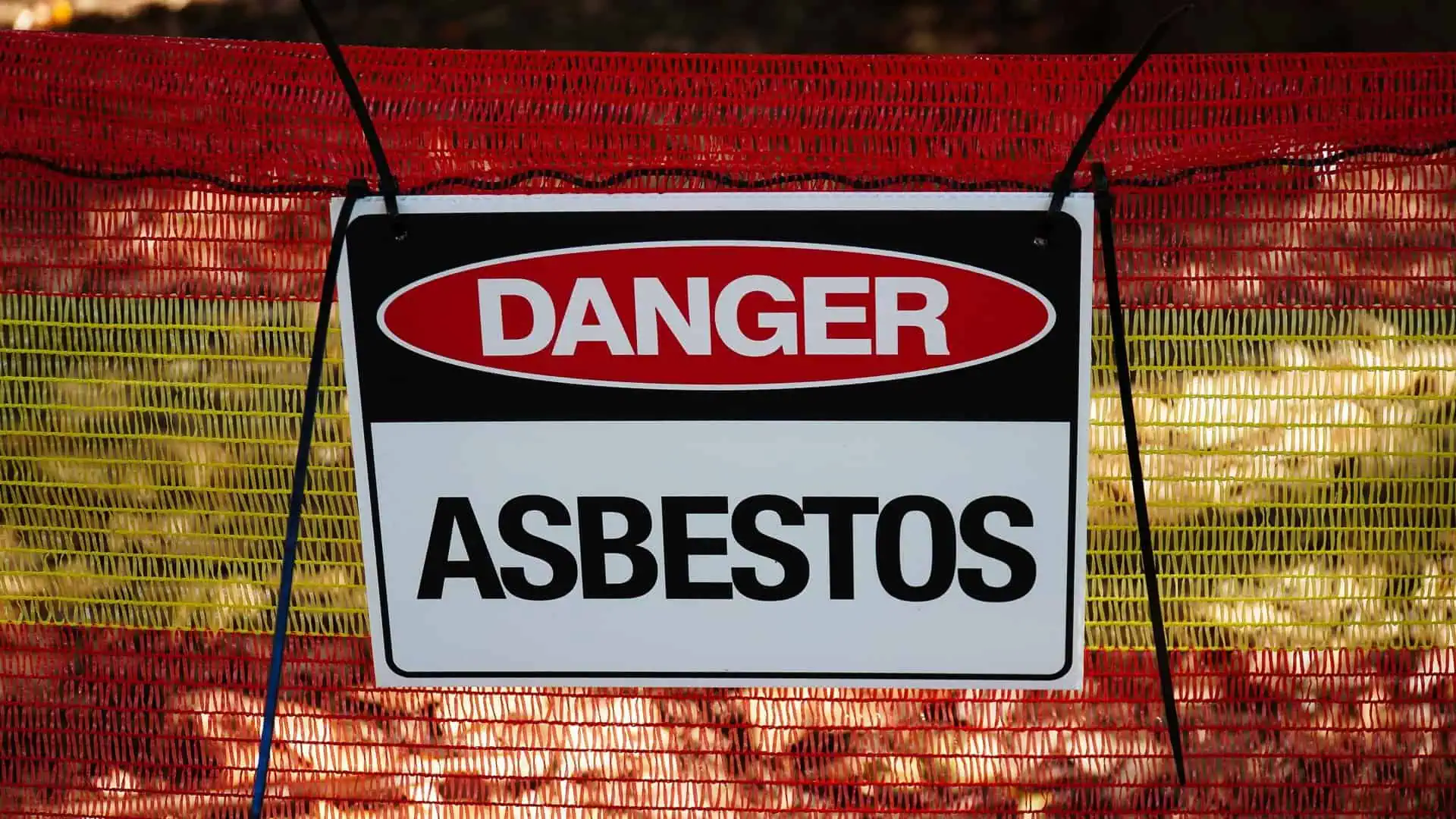The asbestos manufacturing industry emerged as a powerful economic force in the late 19th and early 20th centuries, transforming industrial production across multiple sectors.
Manufacturers recognized asbestos as a versatile material with remarkable heat-resistant and insulating properties, leading to its widespread adoption in numerous industrial and commercial applications.
Early Adoption and Widespread Use of Asbestos
Asbestos exposure became increasingly common as manufacturers integrated the mineral into various products, creating a dangerous legacy that would impact millions of workers and consumers.
The industrial revolution provided the perfect environment for asbestos to proliferate across multiple manufacturing sectors.
Here are the key industries that rapidly adopted asbestos-containing products:
- Construction: Used extensively in building materials, including cement, roofing, and insulation
- Automotive: Incorporated into brake linings, gaskets, and clutch components
- Shipbuilding: Critical for fireproofing and thermal insulation in naval and commercial vessels
- Manufacturing: Utilized in protective clothing, industrial equipment, and machinery components
The widespread use of asbestos reflected a time when industrial efficiency was prioritized over worker and consumer safety, leading to significant long-term health consequences for millions of Americans.
Asbestos Products and Their Applications
Manufacturers like Goodyear tire-rubber and other industrial giants developed an extensive range of asbestos-containing products that permeated nearly every aspect of American industrial and domestic life.
These products were prized for their durability and fire-resistant properties.
Major categories of asbestos-related products included:
- Insulation Materials: Used in buildings, pipes, and industrial equipment
- Textiles: Incorporated into protective clothing and industrial fabrics
- Automotive Parts: Components in brake systems and engine components
- Construction Materials: Cement, roofing tiles, and flooring products
The proliferation of asbestos products created a silent health crisis, with asbestos mining and manufacturing contributing to numerous cases of lung cancer and other asbestos-related illnesses.
By the mid-20th century, the devastating health impacts of these products began to emerge, ultimately leading to widespread legal action and industry transformation.
Industries and Occupations Heavily Impacted
Asbestos exposure became a pervasive issue across multiple industrial sectors, putting millions of workers at substantial risk of developing asbestos-related disease.
The manufacturing landscape transformed as companies integrated asbestos into increasingly diverse applications.
Key industries that extensively used asbestos included:
- Construction: Widespread use in asbestos insulation, roofing, and building materials
- Shipbuilding: Critical component in ship construction and maritime equipment
- Automotive: Used in brake linings, gaskets, and other mechanical components
- Manufacturing: Incorporated into industrial machinery and protective equipment
Lung cancer and other asbestos-related illness became significant long-term consequences of asbestos mining and manufacturing practices.
Workers in these industries faced unprecedented exposure risks, often without proper protective equipment or awareness of the potential health hazards associated with the mineral.
The historical narrative of asbestos manufacturing reveals a stark pattern of corporate negligence and prioritizing economic interests over worker safety, creating a legacy of devastating health consequences that continues to impact communities today.



